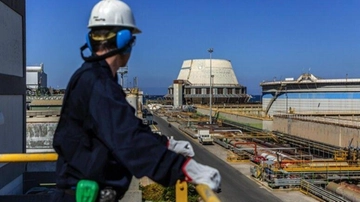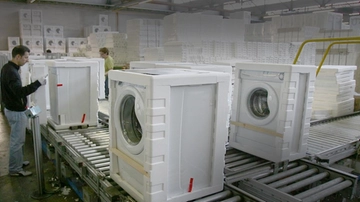Goodbye, Candy: the story of the brand that changed Italian homes (and improved their lives, a little)

Brugherio, June 30, 2025 – Candy, the lights go out for good after 80 years of history . The era of the washing machine in Brugherio, as stated in the note made public by the unions, is over: the Brianza garrison will become the new service hub of the Chinese group Haier, the largest manufacturer of household appliances in the world, which purchased the brand and factory in 2018.
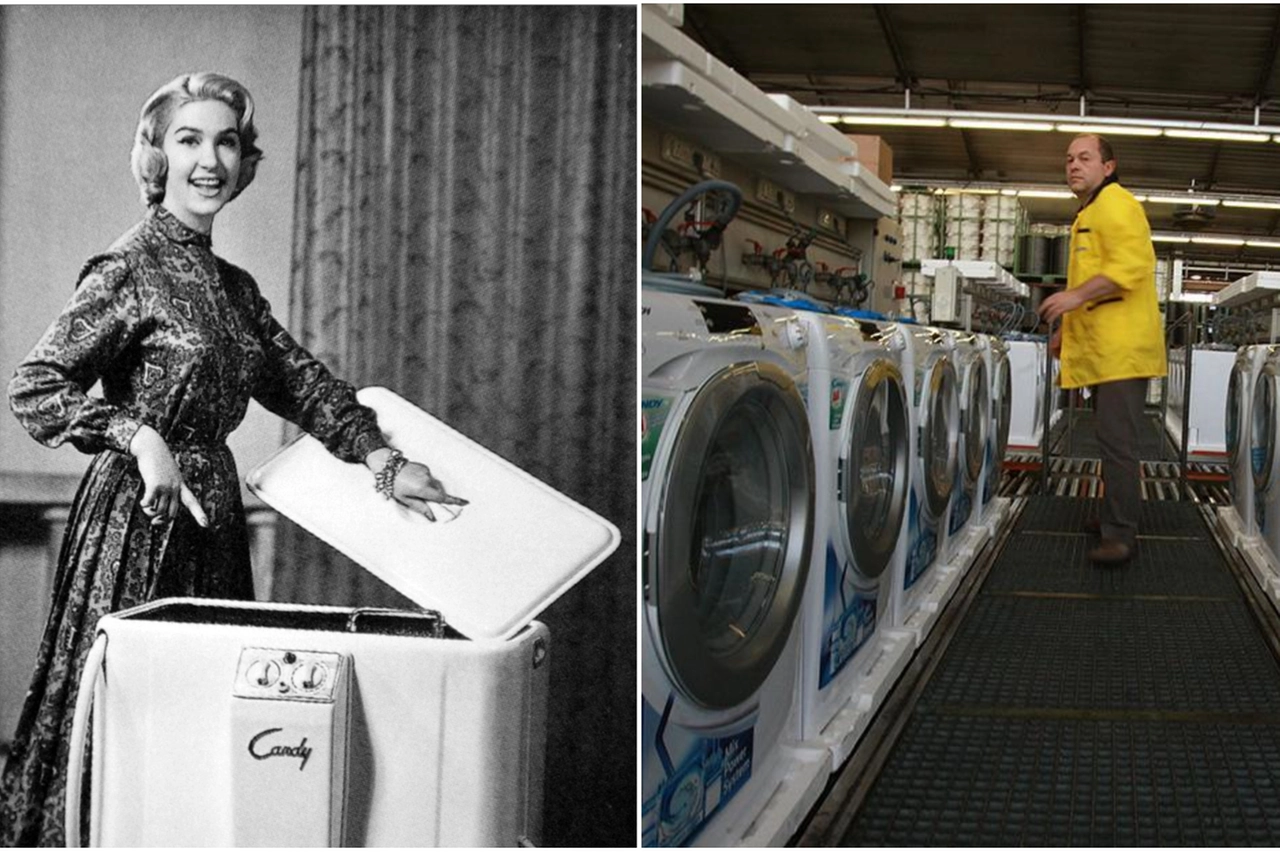
Curtain finally lowered, therefore, on another brand that has written memorable pages of Made in Italy. Yet another tribute to the deadly mix of increases in labor costs, entry into the market of non-European competition, digitalization of purchasing processes.
All that remains is to celebrate the history of a company , one of the most important – along with the Varese-based Ignis – in the history of the modernization of the daily life of Italian families.
The early yearsThe dawn of Candy coincides with the country's emergence from the darkness of war. It was 1945 when the first all-Italian washing machine was born in the Officine meccanica Eden Fumagalli , a company that takes its name from the owner, the son of an innkeeper. The company was founded in 1927 and initially dedicated itself to the production of machine tools for the textile sector.
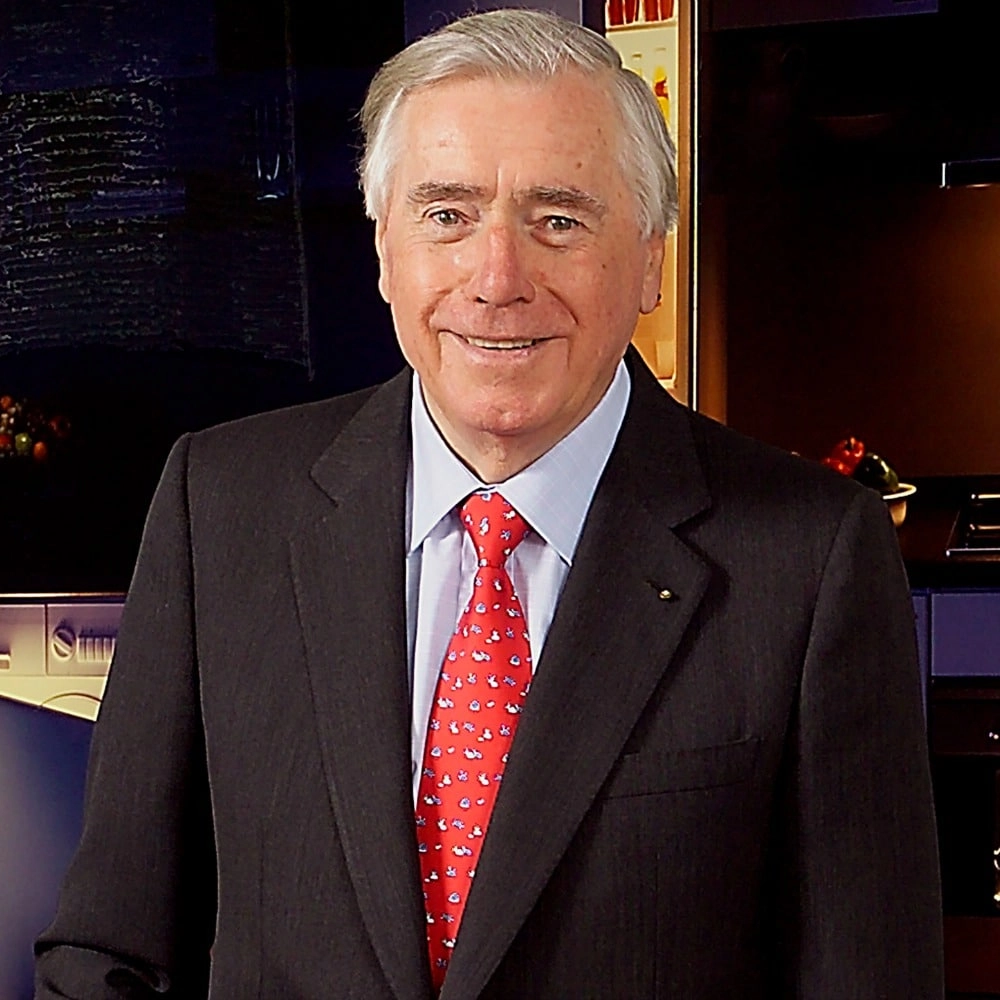
In 1945 the intuition of the change of sector. The first model is called Modello 50. In 1946 Omef changes its name to Candy, a tribute to a very popular song in those years (but also an Anglicized corruption of the Italian candeggiare).
Eden's sons Enzo, Niso and Peppino work with them. With them - Peppino in particular, who will take over the helm of the company, leading it until the mid-90s - the company continues to climb the market, introducing revolutionary models for the time, starting with the 3 kg capacity washing machine, equipped with a heat pump for the use of hot water.

Success finally smiled upon Candy in the 1960s, the boom age in which household appliances established themselves as mass goods , available even to the working class. The turning point came with the automation of cleaning processes , introduced by Candy starting with models such as the Stipomatic dishwasher (1966) and just two years later the Superautomatic 98, the first washing machine ever with six washing programs.
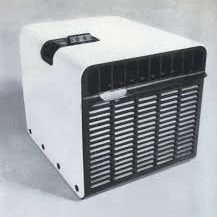
Much attention is paid to the design , captivating but simple and linear. Numerous Candy-branded appliances have won national and international awards, first and foremost the Compasso d'Oro. This is the case of the CANDYzionatore C23 , designed by Joe Colombo in 1970.
The promotionAnother area where Candy is very active is advertising , a detail that allows the brand to be known to an increasingly wider audience. We recall, among others, the 1962 carousel of Tic, the perfect automaton. Or the cartoon with a little song, dating back to the mid-80s, created for the new Candy Alisè.
Attention is also paid to the environment and sustainability, with the introduction of models that allow energy and water savings. And precisely to support this effort, in 1977 a campaign was launched that promotes the reduction of waste. The claim is "Candy helps you not to waste".

Candy continues to grow, acquiring important brands such as Zerowatt and Gasfire between the 80s and 90s. The spending continues abroad, acquiring the Russian Vytaka and, in 2006, even the Chinese Jinling (think about it, an Italian company that takes over a Chinese company...).
The latest “fires” are the entry into the induction hob sector (2009) and the launch of Simply Wi-Fi in 2014 , the range of household appliances connected via Wi-Fi.
In 2018, the scenario reverses. Haier, the world's largest Chinese household appliance group, "gobbles up" Candy. The first employment difficulties emerge, with the need flaunted by the buyer to streamline the workforce. The rest is recent history, with the announcement of redundancies in July 2024 and the request for redundancy payments in recent weeks. Until the final verdict: it's over.
Il Giorno

